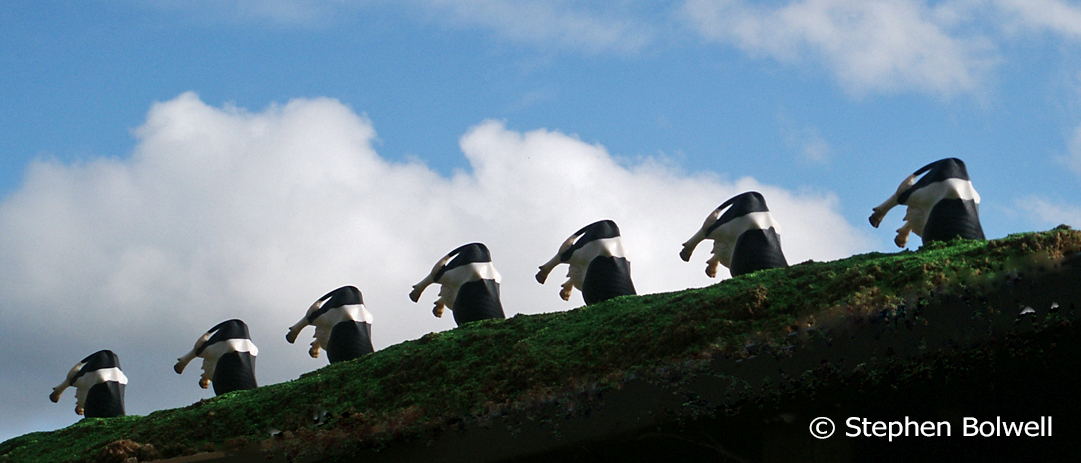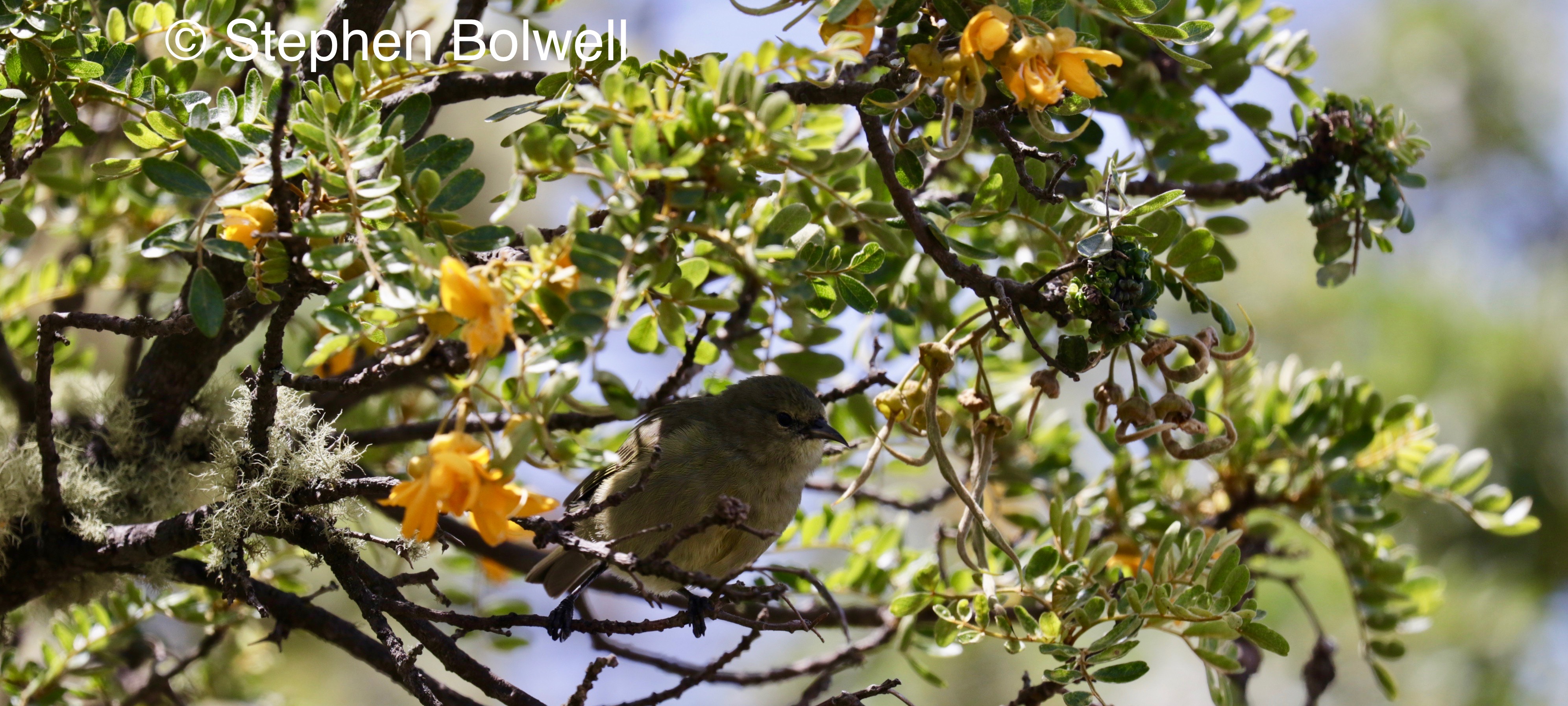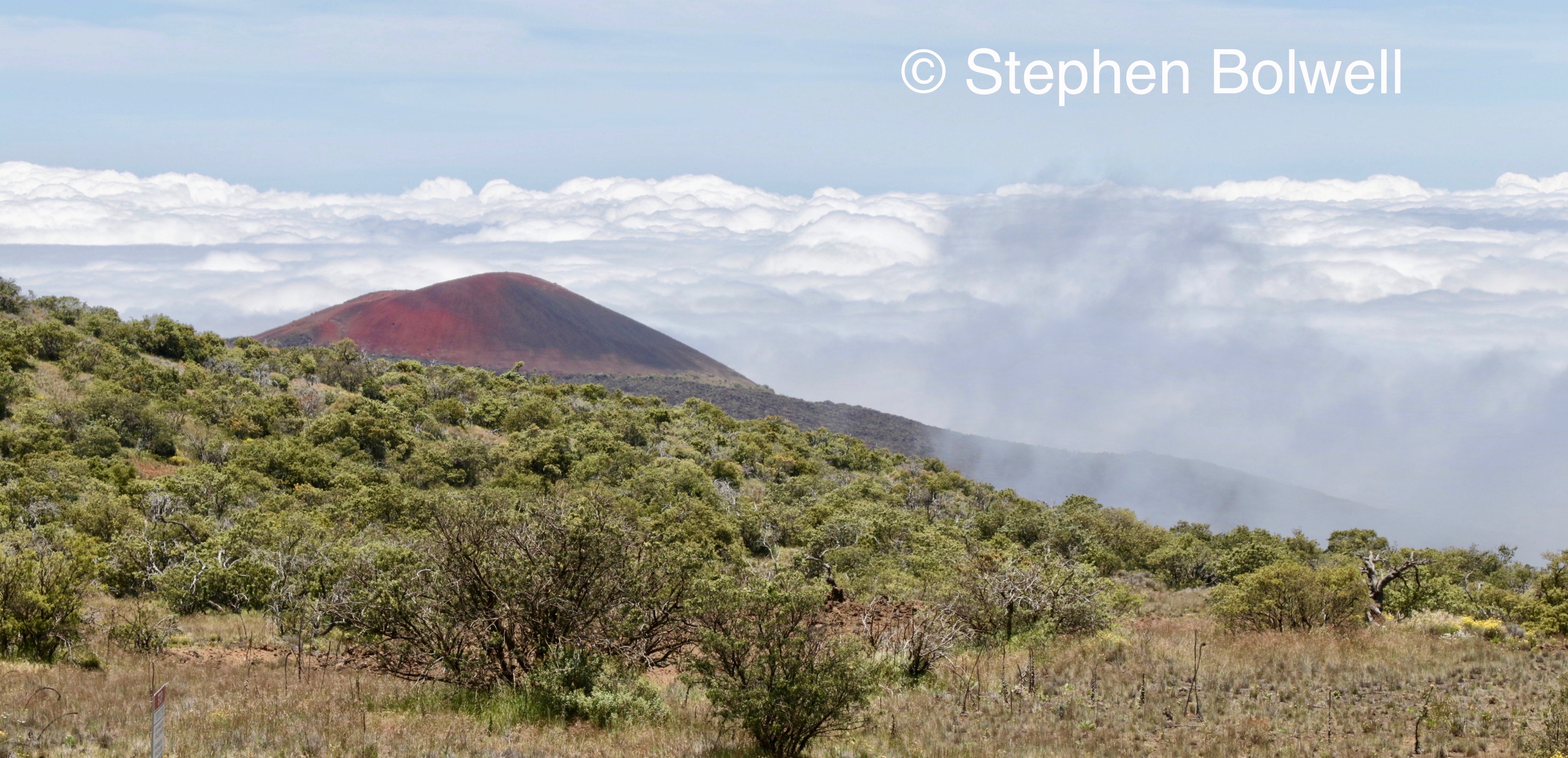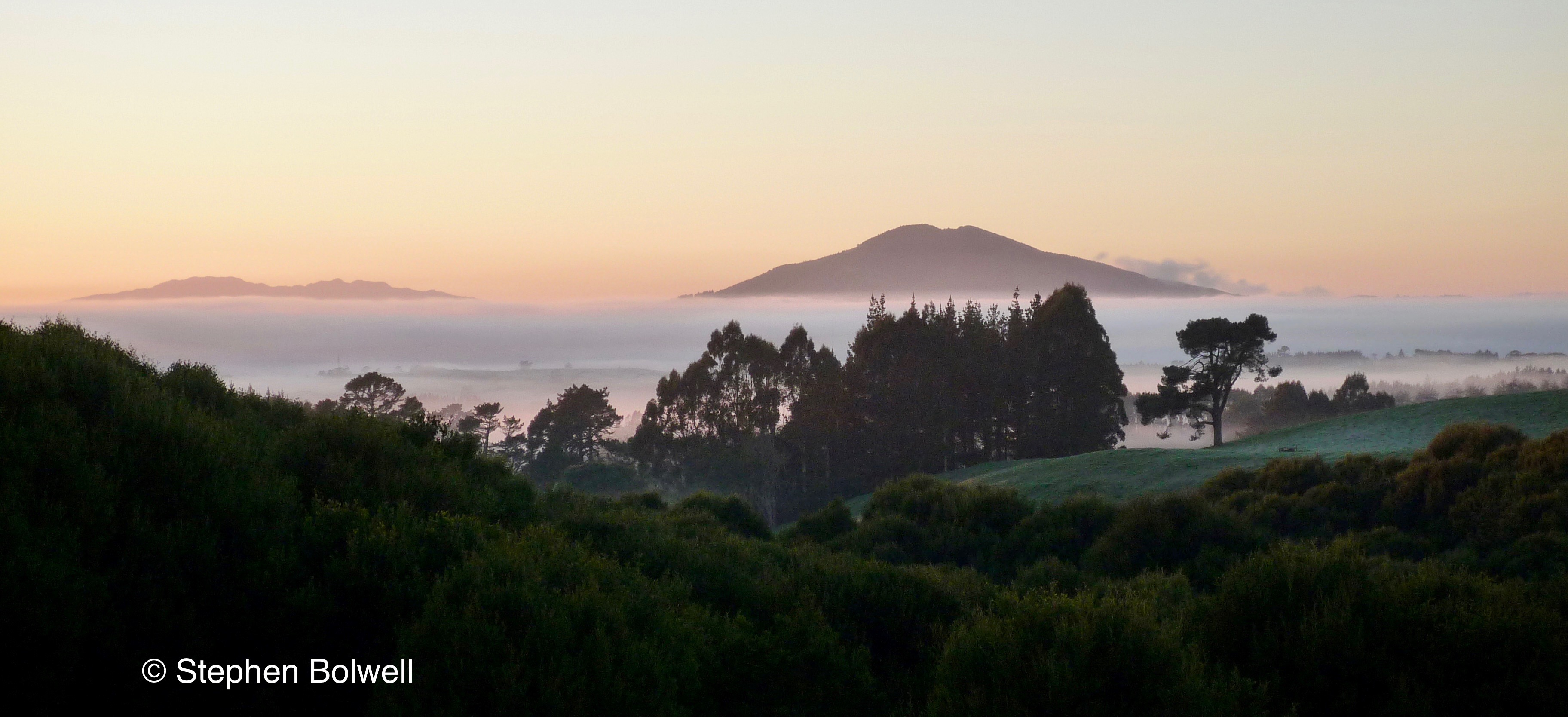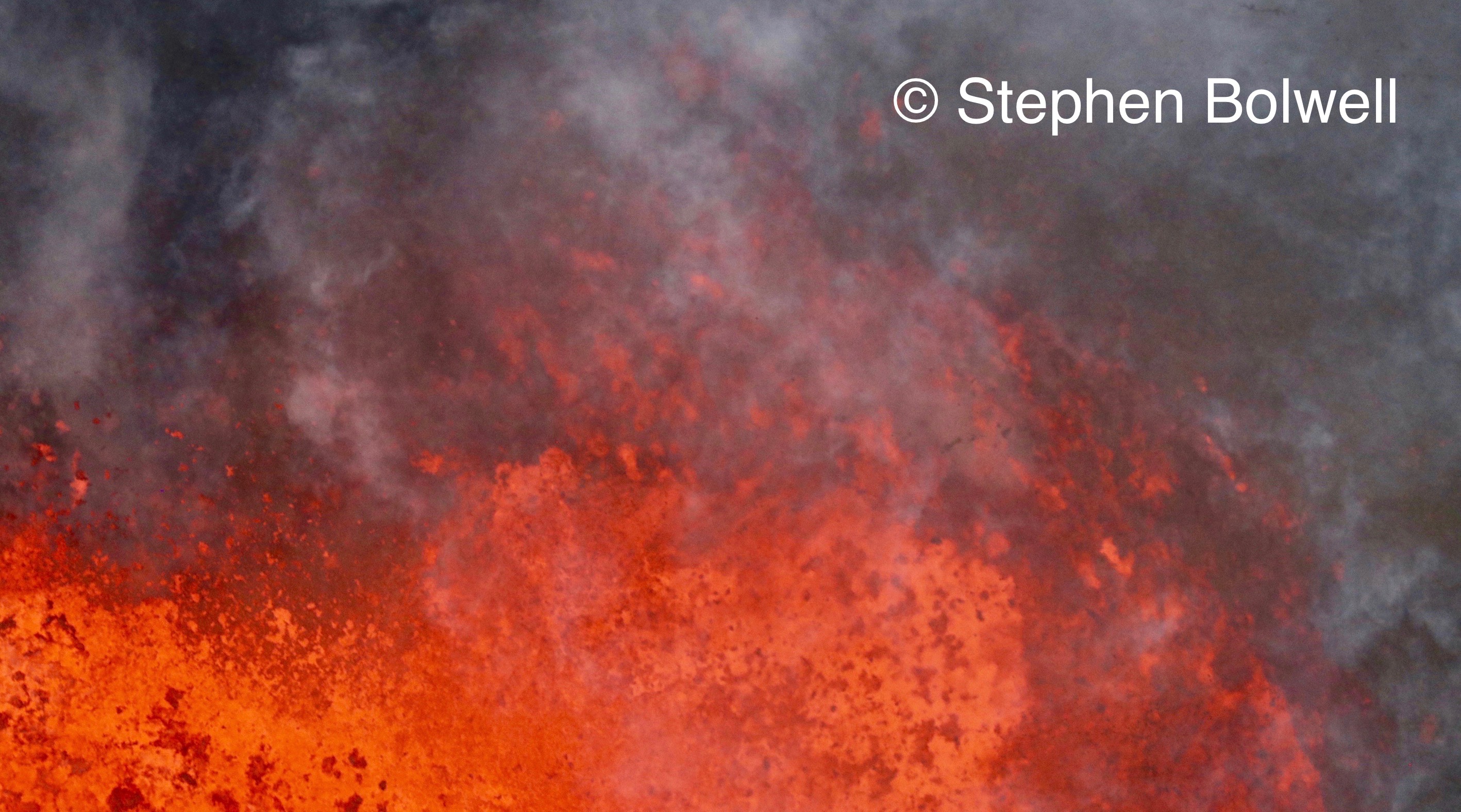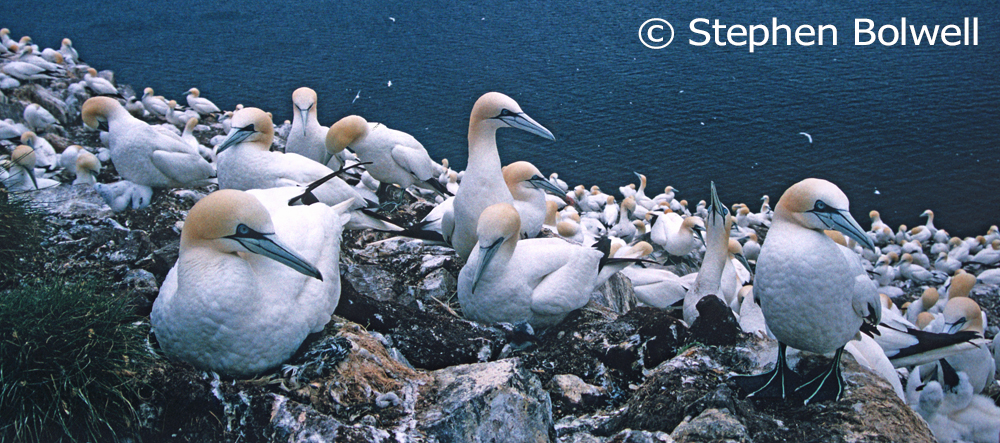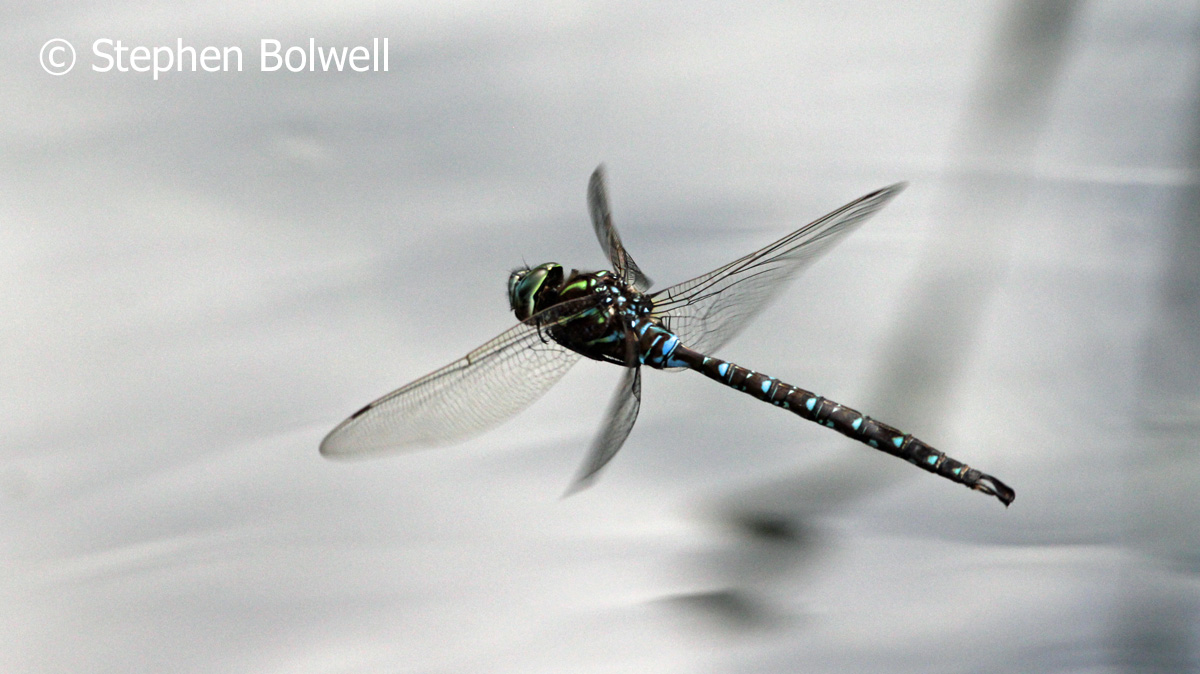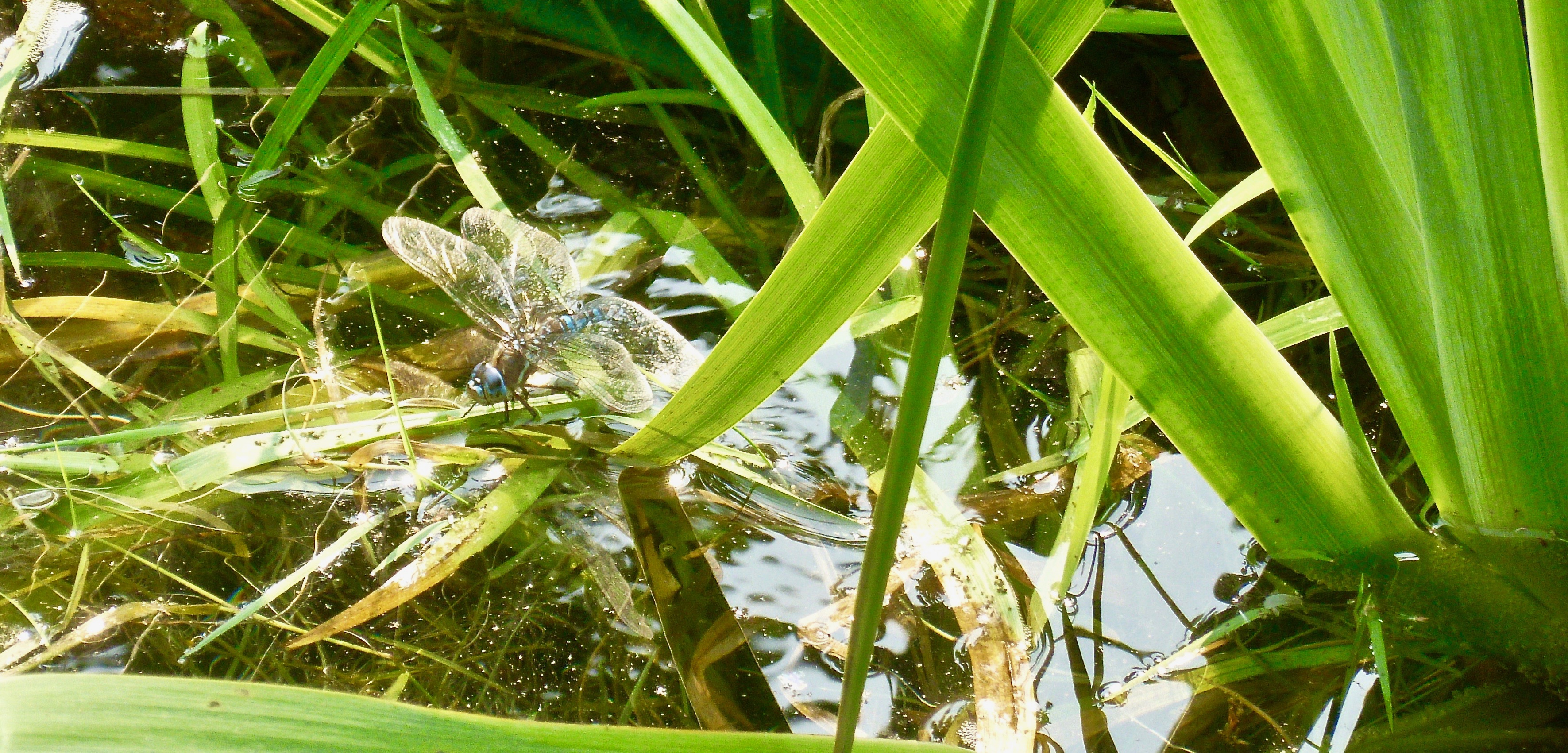Are We Too Stupid to Save The Planet? Part 1: The Limitations of Perception.
It's nothing personal - lurking in every human brain is the potential for stupidity. Most of us think, or at least hope, that there are people out there who are far stupider than we are; and the confidence this provides, helps us feel better about ourselves; which suggests perhaps that we don't live so much in the outside World as much as inside our heads, experiencing a virtual world brought about by our brains interpretation of external stimuli. Whatever the case, few of us are critically analytical about the way we think, or question why our brains work the way they…
